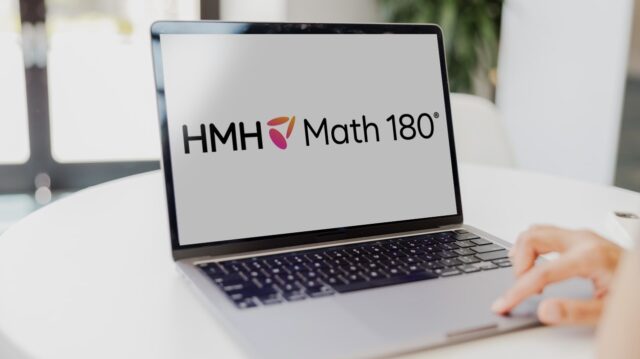
This week’s lessons are about conducting surveys, experiments, and observational studies, as well as frequency distributions, weighted averages, and expected values.
Materials needed
Each lesson has an answer sheet that provides guidance on the lesson and describes its key concept and questions. Use this sheet to check your answers.
The student sheet can be printed and completed by the student, or the student can write their answers separately.
You will also need:
- Paper
- Pencil
- Graphing calculator
Activity 1: Surveys
For any large population, it is usually impractical to conduct a census. Instead, statisticians often rely on surveying a sample of the population. If the sample is well chosen and the survey is free of bias, the results of the survey can be used to make a prediction about the population.
Use this lesson to learn how to analyze a survey, how to use a survey to make a prediction, and how to interpret the margin of error of a survey.
Lab: Conducting a survey
In this lab, you will develop one or more survey questions. Then you will conduct the survey and analyze the results using what you have learned about writing unbiased questions, sampling, data displays, measures of central tendency and dispersion, and making predictions to conduct a survey.
Activity 2: Experiments and observational studies
The design of a research project is greatly influenced by the extent to which the research environment can be controlled. In an experiment, the researcher changes the environment by imposing a treatment. In an observational study, the researcher gathers data without modifying the environment that is being studied.
Use this lesson to learn to distinguish between experiments and observational studies and use this lens to evaluate published reports.
Activity 3: Frequency distributions
In this lesson you will be introduced to discrete and continuous random variables, and will then create a relative frequency histogram. This will lead to a more general examination of probability distributions and frequency distributions, followed by an introduction to the key properties of normal distributions.
Activity 4: Weighted averages and expected values
When a discrete random variable can take on a set of possible values, each with a known probability, the expected value of the random variable is simply the weighted average, where the probabilities are taken as the weights.
Use this lesson to learn about weighted averages as a shortcut for finding the mean when the frequencies of data values are known. You will soon see that the idea can be generalized to situations in which each data value has a relative importance or weight.
This blog, originally published in 2020, has been updated for 2025.
Be the first to read the latest from Shaped.












